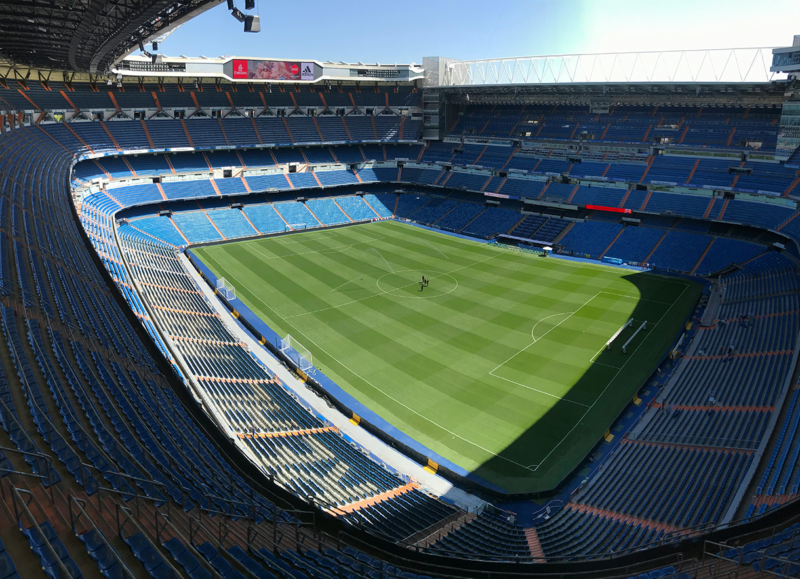Santiago Bernabéu Stadium: An Icon of World Football and a Hub of Innovation
October 18, 2024

The Santiago Bernabéu Stadium is not just a football arena; it’s a monument to Real Madrid’s legacy, a showcase of architectural evolution, and a witness to countless moments that have defined the sport. Opened in 1947 and named after Santiago Bernabéu Yeste, the club’s former president, the stadium has evolved over the years, embracing modernization while preserving its rich history. As the home of Real Madrid, one of the most successful football clubs globally, the Santiago Bernabéu continues to be a top destination for sports fans.
Historical Context and Origins
Real Madrid, established in 1902, quickly rose to prominence in Spanish football. By the 1940s, the club needed a stadium that matched its ambitions. Built on the site of the old Chamartín stadium, the new venue represented a leap forward, capable of holding 75,000 spectators at its inauguration. Over the decades, it has undergone multiple renovations, reflecting Real Madrid’s growth and the increasing demands of the modern game.
Architectural Evolution
The Santiago Bernabéu has seen significant changes since its initial construction. Its renovations have not only expanded capacity but also introduced architectural elements that make it stand out among global sports venues. The iconic four-tower structure added in the 1990s enhanced the stadium’s aesthetic and functionality. The upcoming renovation project promises a retractable roof, a 360-degree video screen, and enhanced seating arrangements, positioning the Santiago Bernabéu at the cutting edge of stadium design.
Noteworthy Events and Matches
The stadium has hosted numerous legendary matches, including European Cup finals and thrilling encounters in La Liga. From Alfredo Di Stéfano’s dazzling performances in the 1950s to Cristiano Ronaldo’s record-breaking achievements, the Santiago Bernabéu has been a stage for football’s greatest stars. Beyond club matches, it has also hosted the European Championship final in 1964 and the World Cup final in 1982, solidifying its place in international football history.
Fan Experience at the Santiago Bernabéu
For fans, the Santiago Bernabéu offers more than just a seat to watch a game; it provides an immersive experience. With a range of seating options, including luxury suites and family sections, the stadium caters to diverse audiences. Fans can explore the club’s official store, dine at premium restaurants, and enjoy the electric atmosphere created by passionate supporters.
Behind-the-Scenes Access: Tours and Museum
The stadium tour is a must for visitors, allowing fans to walk through the players’ tunnel, visit the dressing rooms, and even step onto the pitch. The Real Madrid Museum adds another layer, displaying the club’s impressive trophy collection, interactive exhibits, and memorabilia from its illustrious past.
Upcoming Renovations and Future Plans
Real Madrid has embarked on an ambitious renovation project that will transform the Santiago Bernabéu into a state-of-the-art facility. The renovations include sustainable features like solar panels and rainwater harvesting, along with advanced technological upgrades. These changes will not only enhance the fan experience but also increase the stadium’s capacity and revenue potential, ensuring that it remains a top-tier venue for decades to come.
Conclusion
The Santiago Bernabéu is more than a stadium; it’s a cultural landmark and a symbol of sporting excellence. As it continues to adapt to the future, it remains deeply rooted in its past, a reminder of the triumphs and challenges that have shaped Real Madrid. With the upcoming renovations, it promises to offer fans a richer experience, ensuring that the Santiago Bernabéu will remain a cherished destination in the football world.





